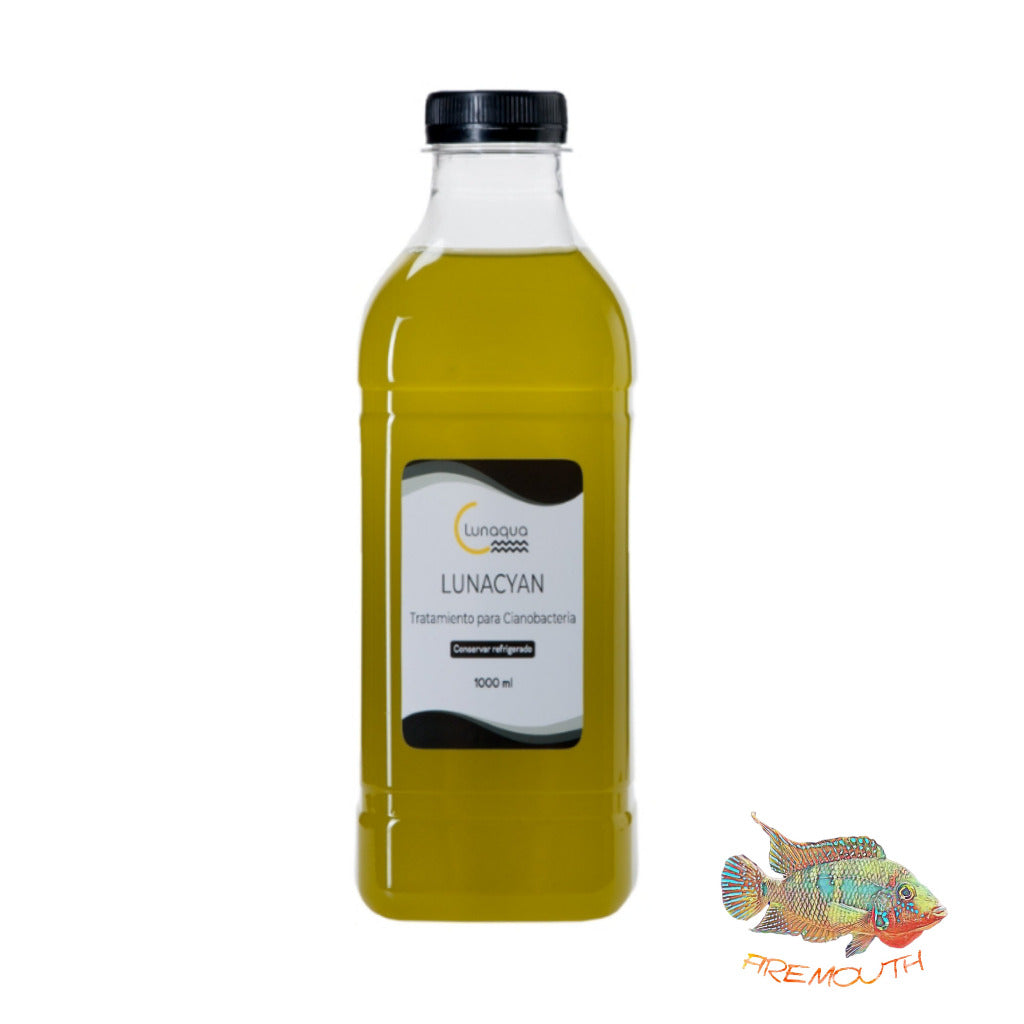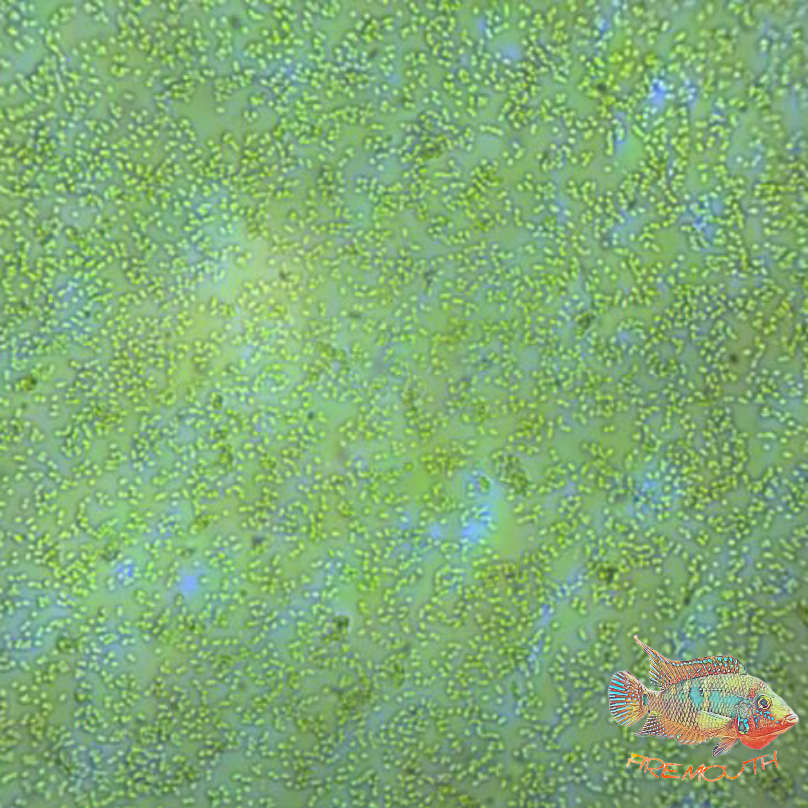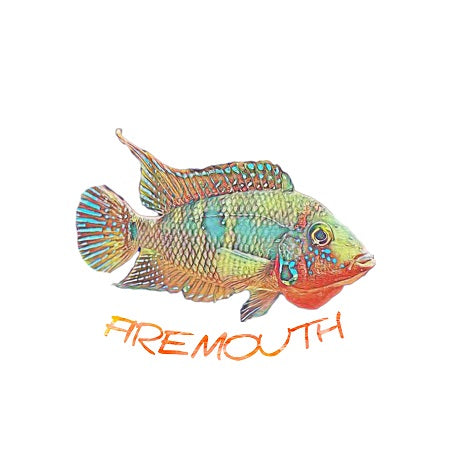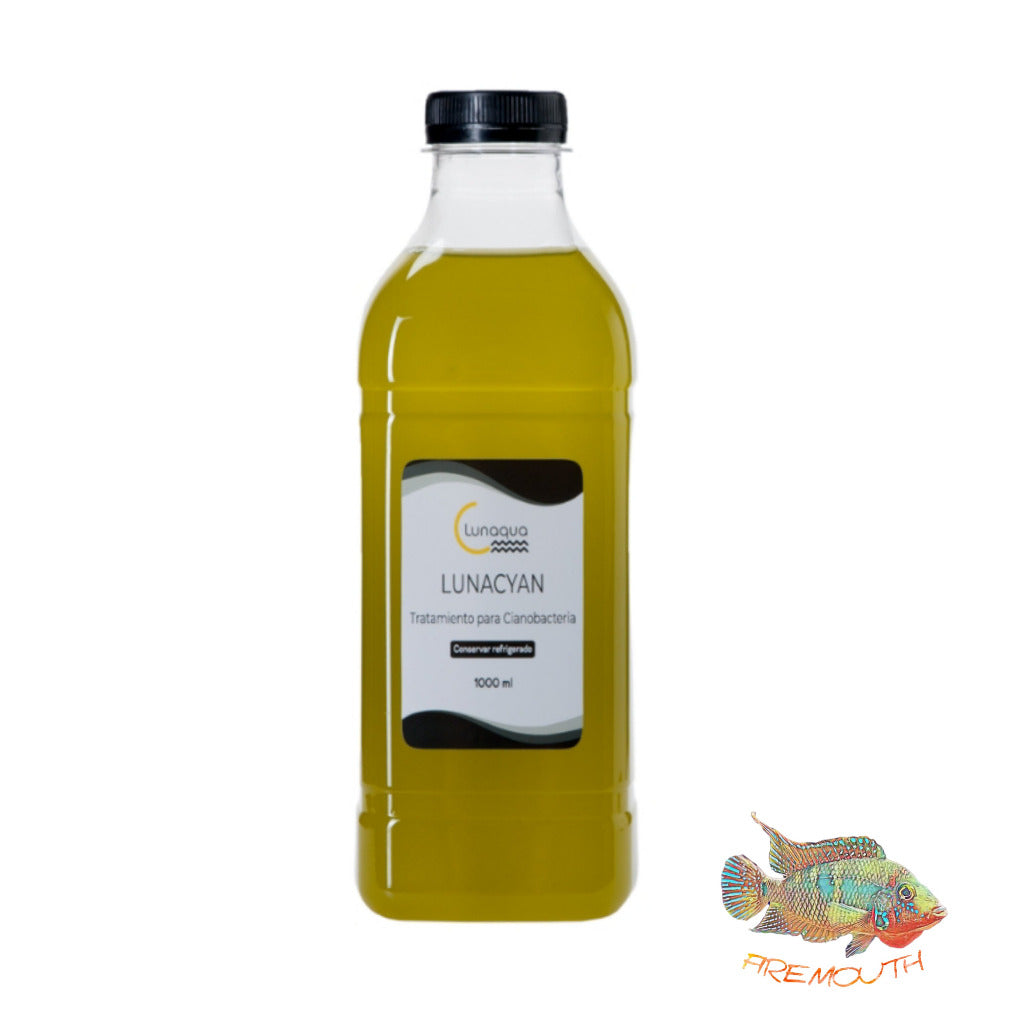Lunacyan treatment for cyanobacteria
Lunacyan treatment for cyanobacteria
Couldn't load pickup availability
General shipping information
General shipping information
SHIPPING :
Orders are generally shipped within 24/48 business hours with a shipping agency.
*Orders DO NOT go out on Fridays to avoid them being stuck all weekend at the transport agency.
You can check the status of your order by sending us an email to firemouthaquaristic@gmail.com
Shipping price:
SPAIN PENINSULA:
- NACEX 24/48H - €5.95 | FREE ON ORDERS + €60
- NACEX SHIPPING LIVE ANIMAL 24H €15 | FREE ON ORDERS +150€
- NACEX HEAVY DELIVERY - €9 | €15 depending on product
- PICKUP FROM WAREHOUSE (ONLY FOR ALICANTE) - €0
ISLANDS, CEUTA AND MELILLA
We use the Correos parcel service with a flat rate of €22
However, write to us and tell us what you are interested in because if it is a smaller package, the costs will be much cheaper.
You only pay the exact Post Office rate
Write to us if you have questions
EUROPE / EUROPE
We use the Correos parcel service with a flat rate of €45
However, write to us and tell us what you are interested in because if it is a smaller package, the costs will be much cheaper.
We use the parcel service of Correos with a flat rate of € 45
However, write us and tell us what you are interested in because if it is a smaller package, the costs are much cheaper.
Fish Shipping Information ONLY
Fish Shipping Information ONLY
**Only valid for Spain PENINSULA
Shipping fish costs €15 (or free from €150.00) and is sent via urgent NACEX , delivering the package before 7pm.
You can also choose to pick it up at the agency first thing in the morning on
day delivery is scheduled, in this case, please write to us once the order has been placed at 664373985.
Once the package arrives you will have one hour to acclimatize and resolve any incidents.
of the animal, if it is not done in this way the right to claim the animals will be lost.
If you want to find a greater variety of fish, you can request to join the WhatsApp offers group where we will share a super large list of fish in which you will find a great variety of fish for very attractive prices.
Lunacyan – Treatment for Cyanobacteria
Natural treatment for cyanobacteria.
Mixture of Synechococcus sp and Phaeodactylum tricornutum.
DESCRIPTION
Kingdom: Bacteria
Phylum: Cyanobacteria
Order: Synechococcales
Family: Synechococcaceae
Genus: Synechococcus (Nägeli, 1849)
Protist kingdom
Phylum: Ochrophyta
Order: Bacillariales
Family: Phaeodactylaceae
Genus: Phaeodactylum
Species: Phaeodactylum tricornutum
General characteristics
Cyanobacteria have the peculiarity that they have different strategies to compete in environments where there is a decrease in nutrients in the environment, such as nitrogen and phosphorus. When nitrogen is limited, some cyanobacteria are able to fix atmospheric nitrogen through specialized cells (heterocysts) and this allows them to live where other organisms are limited. In environments lacking phosphorus, phosphorus reserves stored in polyphosphate granules can be used. It has been seen that accumulating and using polyphosphates can offer a certain advantage when it comes to surviving in environments poor in nutrients and with discontinuous phosphate supplies. It has also been observed that they have phosphatase enzymes attached to the external surface of the cell membrane and this allows them to obtain easily assimilated inorganic phosphorus from organic compounds. They also have multicellular hairs and these increase the distribution area of these enzymes, making the uptake of this phosphorus more efficient.
Cyanobacteria such as Synechococcus sp are not microalgae but have been widely studied due to their wide variety of uses. They contain chlorophylls, carotenoids, phycobiliproteins, proteins, exopolysaccharides and other biologically active metabolites of great use in industrial and pharmacological use. They are prokaryotes and belong to the Bacteria Domain, but they have the peculiarity of carrying out oxygenic photosynthesis like microalgae. They have a high morphological diversity and can range from unicellular (cocci and bacilli) to filamentous, and can present true or false branches.
In the marine environment, the presence of cyanobacteria represents the main contribution to primary production, notably affecting the cycle of nutrients and the structure of the aquatic community in the oceans. Marine planktonic cyanobacteria are not very abundant and this is the case of the species that the Lunacyan product contains, unlike the benthic cyanobacteria that are the ones that spoil our aquarium. What this species does is compete for food, fighting in this way with the benthic cyanobacteria that we may have.
Phaeodactylum tricornutum is a pelagic diatom with sizes ranging from 24-29 µm x 4-5 µm. It can take on different shapes: triradial, fusiform or oval. It is considered coastal marine, planktonic and benthic depending on the form it takes and contains a high amount of EPA and DHA. It has a high content of lipids, omega 3 and 6 fatty acids and fucoxanthin. It is important to highlight its high growth rate and rapid absorption of phosphates, this makes it compete with other diatoms and cyanobacteria that are dirtying our aquarium. In addition, it will serve as food for small microorganisms and we will see how the transparency of the water increases.
How to use
Homogenize well before adding.
Dosage: start with 100ml/100L for 5 days.
If there are no results in 2-3 days, you can double the dose, adding a maximum of 250ml/100L (it will depend on the biological load of the aquarium).
After those 5 days continue until completing the 2 weeks at half the dose.
Add with the lights just on and in a place where there is current.
Turn off the skimmer for one hour when adding the product.
Siphon the cyanobacteria at night (this is when it is most active).
Keep refrigerated.
Preferably use no later than two months after the batch date.
Nutritional profile:
Synechococcus sp:
Crude proteins 50.23% (50.23±0.2)
Crude fats 18% (18±0)
Ashes 17.94% (17.94±0.1)
Phaeodactylum tricornutum:
Crude proteins 33.7%
Crude fats 10%
Gross ashes 20.6%
Share it with whoever may be interested




